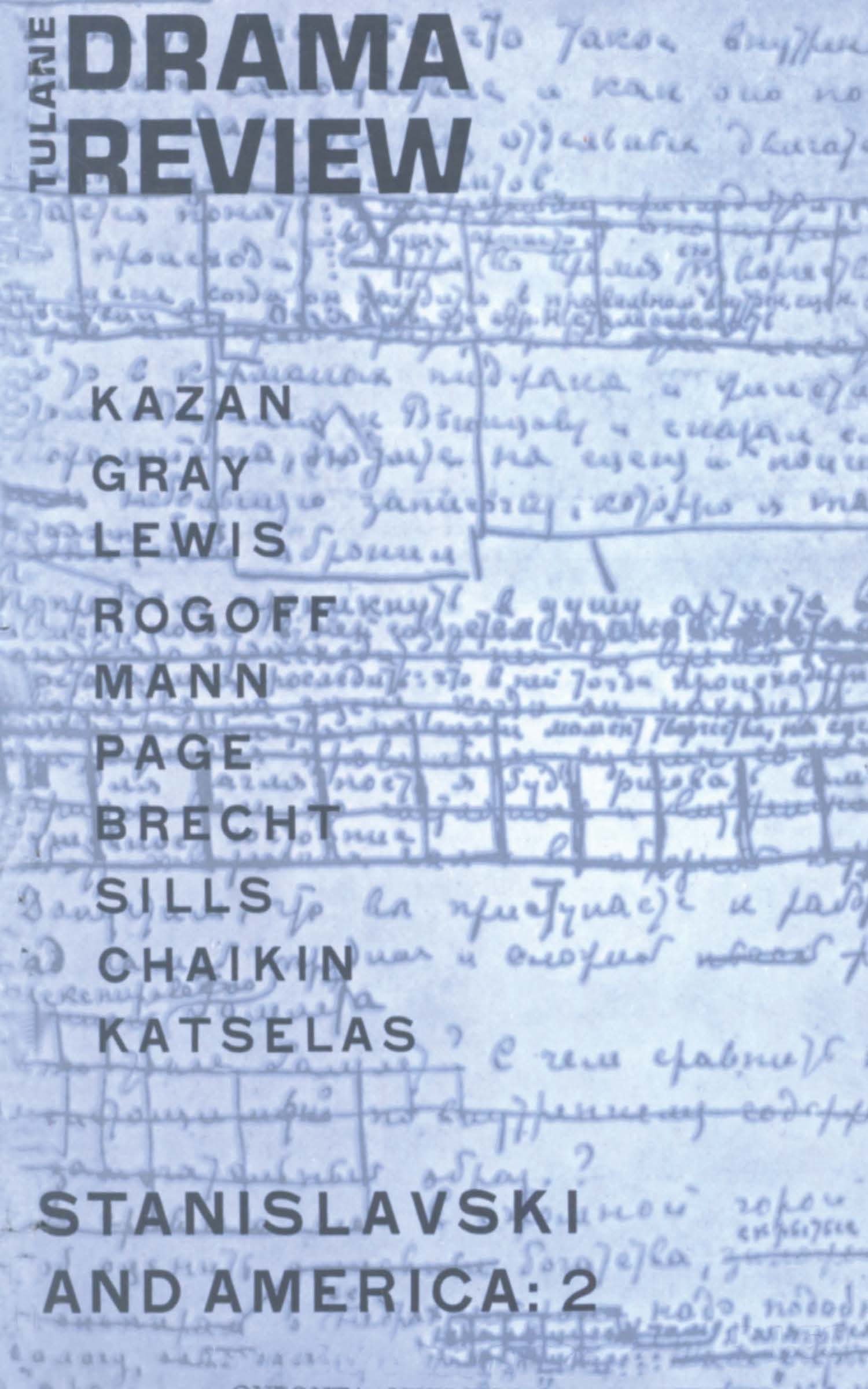Article contents
Lee Strasberg: Burning Ice
Published online by Cambridge University Press: 13 October 2022
Extract
If the symbol was a hard nut for Stanislavski to crack, so is Lee Strasberg, symbolically and literally, a hard nut for anyone, friend or foe, to crack. Certainly it is easy to take an emotive view of him whether you admire him or not. In a most remarkably simple-minded way, his friends and disciples adore him while his enemies detest him. He is one of those figures who, like a supreme politician as opposed to an expert statesman, invites no middle ground, no neutral view. He suggests, as much by his nodding silences as by his little attentions, a classically formed love-hate relationship. But when the nut is there to be cracked, it almost always comes out melting love or towering hate, rarely both together.
- Type
- Research Article
- Information
- Copyright
- Copyright © 1964 The Tulane Drama Review
References
1 An account of the Actors Studio, Sight ir Sound, Vol. 26, No. 3, Winter 1956-57, p. 133.
2 A Reticent Actor Talks, (interview with John Crosby, December 10, 1961), New York Herald-Tribune.
3 The Player, by Lillian Ross and Helen Ross (New York: Simon and Schuster), p. 15.
4 The New Republic, December 1, 1962.
5 Actors Studio at Crossroads, (interview with John Keating, January 21, 1962), New York Times.
6 Conversation with the author, February 1962.
7 Conversation with the author, January 1960.
8 Transcribed by author from tape recording made at the Studio, Spring 1959.
9 Conversation with the author, November 1959.
10 May Man Prevail, pp. 23 ff.
11 Conversation with the author by a member of the cast, May, 1964. See interview with Geraldine Page in this issue (The Bottomless Cup, pp. 114-130), which, while more explicit about what actually happened with blocking, leaves unchanged the general impression that Strasberg directed in fits and starts, fundamentally without a communicated plan. What is finally important, however, is not what is reported about rehearsals, but what is revealed implicitly by die production.
12 Lee Strasberg's Harvard Lectures, History of the Method, delivered January and February, 1958. This citation appears on the transcription (unpublished) of Lecture II, page 4. Strasberg was quoting directly from Stanislavski's My Life In Art.
- 1
- Cited by


